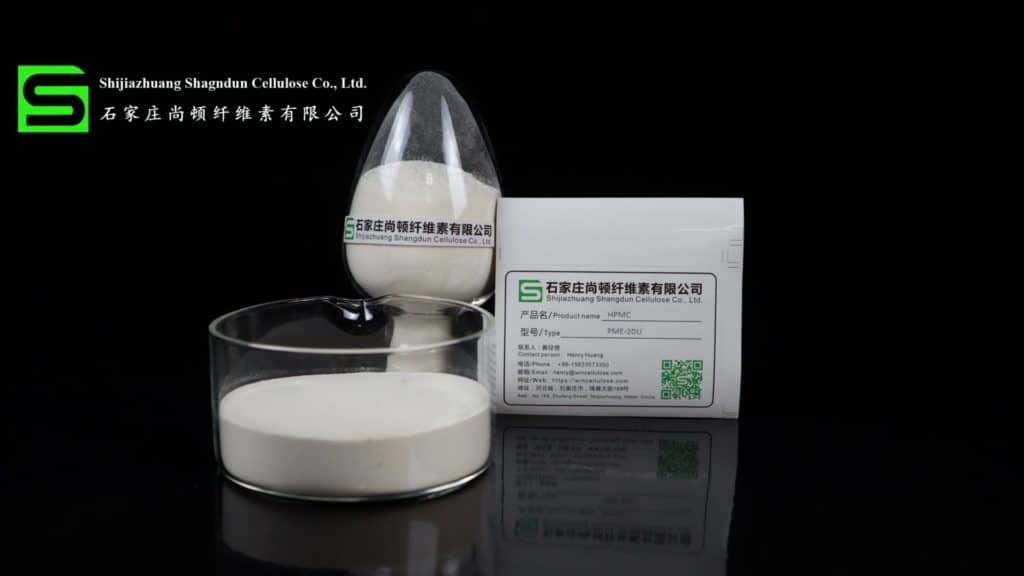Hydroxypropyl methyl Cellulose (HPMC) is a kind of high-tech fine chemical product that is in short domestic supply and a variety with the widest application and the best performance of all the kinds of celluloses. Since this product has excellent thickening, emulsifying, protecting colloid, retaining moisture, and other properties, it is widely used in the film coating of pharmaceutical preparations, sustained-release formulations as well as adhesives, petrochemical industry, construction, ceramics, textiles, food, daily chemicals, synthetic resins, pharmaceuticals, paints, and electronics. In developed countries, Hydroxypropylmethyl Cellulose is widely used in various industrial fields and everyday life. It is known as “Industrial MSG” and has become an indispensable chemical additive.

Good Opportunities for Development of Hydroxypropylmethyl Cellulose Projects in China
In 2000, the China Industry Association of Cellulose Ethers proposed great efforts to develop cellulose derivatives and other fine chemical products. In the industrial restructuring plan, it is proposed to focus on the development of non-ionic cellulose ethers, especially MC/HPMC products.
A Huge Market Potential for hydroxypropylmethyl cellulose Products in China
At present, Chinese cellulose ether market still mainly has ionic products (CMC), accounting for over 95% of total consumption, while non-ionic cellulose ethers (MC, HPMC, HEC, etc.) only accounts for 5% of total consumption. In Europe and other developed countries, however, the consumption of both products accounts for 50% each. As non-ionic cellulose ethers have good salt tolerance and heat resistance, as well as appropriate surface activity, they are well adapted to modern advocating trends and develop very rapidly.
Sodium Carboxymethylcellulose still has a relatively large market just because it is easy to produce and low in price, but some parts of the traditional markets may have been replaced by non-ionic ethers. It is estimated that with further improvement and refinement in the manufacturing processes of non-ionic ethers, as well as the cost reduction, the consumption of non-ionic ethers will show a general upward trend.
It is expected by the Chinese cellulose industry and foreign manufacturers that in the next few years, the MC/HPMC demand may reach an annual growth rate of 15%, for the reasons as belows:
1. As excellent additives in building and coatings, MC/HPMC will be widely used and then as a demonstration effect, driving the national construction and coatings industries to widely use MC / HPMC products.
2. With the popularization of commercial concrete in the city and the price reduction of cellulose products, a lot of commercial concrete can add MC/HPMC products to enhance the rheological properties and water-holding capacity, gradually replacing the existing cement admixtures, so MC/HPMC will have broad application prospects.
3. The development of domestic PVC industry will drive the demand for MC/HPMC. In 2012, China’s PVC production is expected to reach 10 million tons, and the required amount of HPMC is 3000 ~ 6000 tons.
4. It can also be widely used in the pharmaceutical and food industries. With the improvement of public awareness of health and the environment, such non-ionic cellulose products that are physiologically harmless and environmentally friendly will gradually replace the sodium carboxymethylcellulose and get rapid development.

